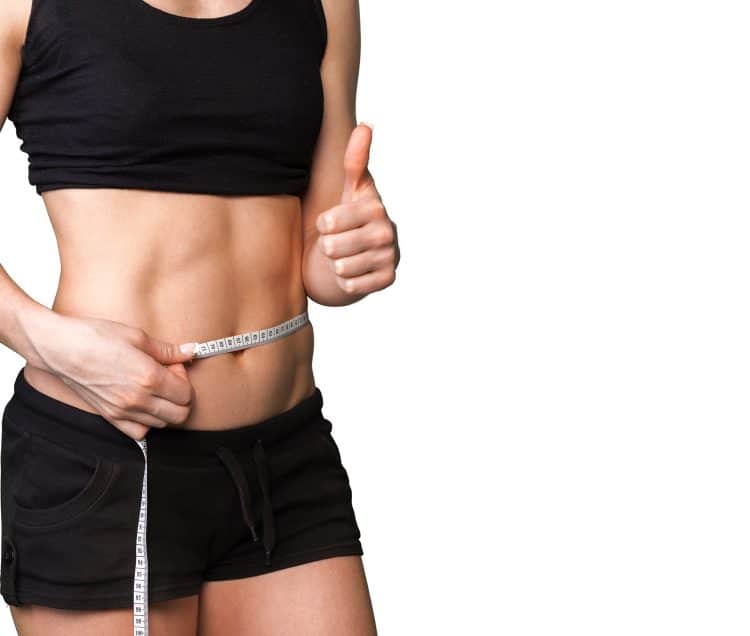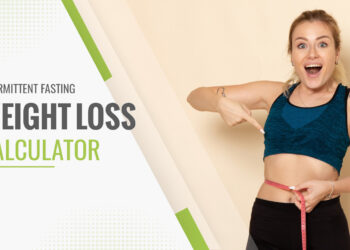Estimate your body fat percentage, body composition (lean to fat mass ratio), and fat category using the YMCA body fat formula.
Measurements - YMCA Formula
There are many body fat calculators however, the body fat YMCA tool is one of the simpler calculators. It gives an approximation of body fat, body composition, and fat category based on gender, weight, and waist size.
What Does YMCA Stand For?
The acronym YMCA refers to the “Young Men’s Christian Association,” now commonly called “the “Y”. The well-known organization was founded on June 6, 1844, by Sir George Williams and 11 others in London, England.
YMCA has grown immensely since being introduced to offer “healthy” activities to young men in major cities around the time of the Industrial revolution when the options were less than desirable.
While it has a deep history, we all know that today, the program focuses on youth development and prioritizes physical activities.
Fun fact: YMCA inspired the famous 1978 hit Y.M.C.A. by Village People.
Level Up Your Fitness: Join our 💪 strong community in Fitness Volt Newsletter. Get daily inspiration, expert-backed workouts, nutrition tips, the latest in strength sports, and the support you need to reach your goals. Subscribe for free!
What is The YMCA Calculator?
The calculator uses a formula developed by YMCA to estimate body fat using your gender, weight, and waist size.
It does not require you to have a caliper or to take any skinfold measurements like several of the other calculators that we offer. Therefore, it’s a simple tool that anyone can use.
The YMCA body fat calculator uses equations for both males and females to estimate body fat, body composition, and fat category.
Male formula
Female formula
Try our US Navy body fat calculator to determine if you meet military standards.
Why Measure Body Fat?
Body fat plays a role in health, fitness, and performance. It can also be a predictor of health risks. Carrying too much body fat can increase the risk of Type 2 diabetes, cancers, heart disease, etc.
Having a waist measurement of 35 inches for women and 40 inches for men increases the risk of heart disease and diabetes according to the National Heart, Lung, and Blood Institute (1).
On the other side, having too little body fat can put you at risk for nutritional deficiencies and other undesirable side effects.
Performance and aesthetics
Health isn’t the only reason to monitor body fat. A healthy body fat percentage or percentage range makes you look and perform better.
There are some exceptions, of course, but in general, extra fat weighs you down and requires more energy to do activities.
If you want to be lean, you’ll need to have lower body fat. This varies between men and women as the former can be at a lower body fat level while women need more body fat to maintain good health and to support reproduction (2).
Related: 9 Common Reasons Why You Can’t Seem To Lose Body Fat
How accurate is the YMCA body fat tool?
There’s no way to know this exactly. For some, it may estimate within 2-5% of other methods and for others, the difference may be greater.
The best way to determine this is to use different body fat testing methods such as skinfold measurements and compare them to your YMCA body fat results.
Using a caliper or the two-finger pinch method to do skinfold assessments is one of the best options for most people because it’s relatively inexpensive compared to DEXA scans, hydrostatic weighing, and other more advanced options.
Learn how to take skinfold measurements and enter them into our body fat skinfold calculator to estimate your body fat, body composition, and fat category.
How To Use The YMCA Body Fat Calculator
It doesn’t get much simpler than using the YMCA body fat calculator tool.
Step 1: Choose the desired unit of measurement: Imperial (pounds and inches) or metric (kilogram and centimeter).
Step 2: Select your gender
Step 3: Type in your weight
Step 4: Enter your waist size (measured at the navel/belly button)
Step 5: Press Calculate
Now it’s time to analyze your numbers.
The calculator will show four categories of information based on the details you entered into the tool.
- Body fat
- Fat mass
- Lean mass
- Fat category
Body fat is your body fat percentage or the percent of your body weight that is fat mass.
Fat mass is your body fat percentage in pounds/kg.
Lean mass is your lean mass percentage in pounds/kg. Lean mass includes body weight that is not fat such as muscle, bone, organs, and skin.
Fat category is essentially what kind of shape you’re in based on your body fat percentage and body composition. E.g., acceptable, fit, overweight, etc.
So, for example, if you’re a 160 lb male with a 33-inch waist, you’d get the following results.
Body fat: 16%
Fat mass: 26 pounds
Lean mass: 134 pounds
Fat category: Fit
How To Measure Waist Size at The Navel
Aside from needing a scale to weigh yourself, you’ll also need a soft measuring tape to take your waist measurement. It’s important to do this part correctly to ensure you get the most accurate numbers.
The optimal time to take a measurement is soon after waking, ideally after using the bathroom and before eating or drinking anything.
Waist measurement
Stand up straight with your feet together and ideally in front of a mirror. Wrap the tape around the navel, also known as the belly button.
Make sure there are no spaces between the tape and your midsection but avoid overstretching the tape.
Take a normal breath and measure after you’ve exhaled. We recommend you take the measurement twice for best accuracy.
Body Fat Categories Table
| Category | Women (% fat) | Men (% fat) |
| Essential Fat | 10%-13% | 2%-5% |
| Athletic | 14%-20% | 6%-13% |
| Fit | 21%-24% | 14%-17% |
| Acceptable | 25%-31% | 18%-25% |
| Obese | 32% + | 26% + |
Difference Between Measuring Body Fat in Men vs. Women
The YMCA body fat calculator uses equations for both males and females to estimate body fat, body composition, and fat category.
Male formula
Female formula
Men and women have different body fat requirements. Women naturally have more body fat than men because of their reproductive nature.
The American Council on Exercise (ACE) offers a few body fat charts on their site that show recommended body fat percentages for both men and women.
“It’s comforting to know that women can be and should be fatter than men. They have a totally different reproduction function and the higher fat in women supports that reproductive function,” says Barbara J. Moore, PhD, president of Shape Up! America.
YMCA vs. BMI
While the YMCA calculator estimates body fat percentage and body composition, body mass index or BMI does not. BMI determines whether someone is at a healthy body weight relative to their height.
It’s not always a good determiner of health though.
“If we think of BMI being a rough measure of body fatness, there are people — especially some highly trained athletes — who are overweight but not overfat,” explained Steven Heymsfield, MD, director of the Obesity Research Center at St. Luke’s Roosevelt Hospital in New York. “Likewise, there are people who are of a normal weight according to BMI scales but who are overfat. BMI is a broad, general measure of risk. Body-fat assessment is much more specific to your actual fat content and thus provides a more accurate picture.”
BMI is a useful tool, however, especially for the untrained, general population who get regular health checkups.
The YMCA tool offers something similar to BMI with a “fit category” that determines whether someone is at a healthy body fat percentage.
Also read: Most Effective Ways To Burn Body Fat Without Doing Cardio
Related Calculators:
- Body Fat Skinfold Calculator
- 3 Skinfold Body Fat Calculator
- 4 Skinfold Body Fat Calculator
- 7 Skinfold Body Fat Calculator
- Body Fat US Navy Calculator
- Calories Burned Weight Lifting
- Body Type Quiz
- Body Surface Area Calculator
- Calorie Deficit Calculator
Estimate Your Body Fat With The YMCA Body Fat Calculator
The YMCA body fat calculator is a simple-to-use tool that can give you a quick estimate of your body fat percentage, body composition, and fat category.
It may not be the most accurate tool but simplicity and convenience are where it’s advantageous over other body fat testing methods.
We do recommend you compare your results to other methods though and this way you can determine whether it’s close enough to give you something to work with.










